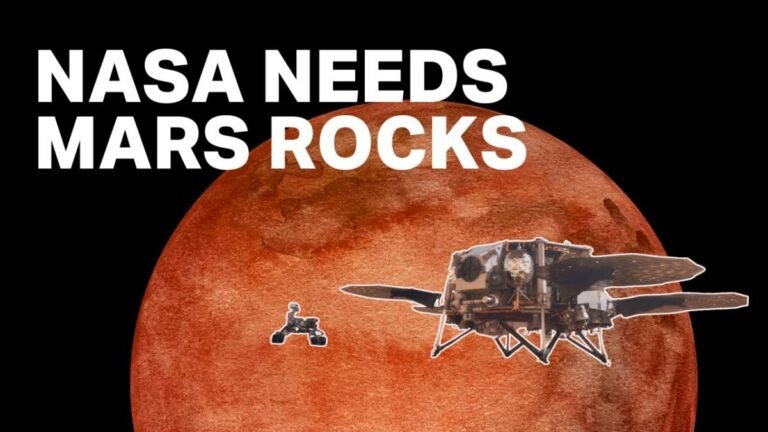
NASA’s decision to scrap its $11 billion, 15-year mission to Mars to bring back samples could create a startup feeding frenzy, TechCrunch reports.
Describing its plans as too slow, and too expensive, NASA is going back to the drawing board, with an eye on getting the space industry to help.
But space startups are not worried about it.
So, the NASA money might have a bunch of startup-sized buckets to drip into, and I am here for it.
To that end, if any startup that works with NASA on the Mars rock mission needs a human to send up there to check on the dials and such, I’m your guy.

The Google parent’s moonshot factory X this week officially unveiled Project Bellwether, its latest bid to apply technology to some of our biggest problems.
Here that means using AI tools to identify natural disasters like wildfire and flooding as quickly as possible.
“Right now, our analysts have to spend time sorting through images to find the ones that cover the areas most affected by natural disasters,” the Guard’s Col. Brian McGarry notes.
Google has been exploring the use of machine learning models and AI to predict natural disasters for some time now.
Project Bellwether’s partnership with the National Guard could well prove an important validation of that work.

It was while sourcing manufacturing equipment for Tesla factories that Will Drewery drew inspiration for Diagon, a startup that helps manufacturers procure equipment.
Companies in fields like automotive and aerospace can identify qualified suppliers from Diagon’s network of equipment suppliers, system integrators and service providers.
East Coast originsThe journey to Diagon for Drewery, who spent most of his career as an equipment buyer, started in Pittsburgh.
“This is why I felt the market needs a Diagon,” Drewery said.
“Now we are developing tools that help customers find suppliers better or help them interpret and summarize quotes better,” Drewery said.

After considering a few ideas, they decided to go after what they saw as a largely unaddressed market: Tools to help small businesses secure U.S. government contracts.
“The federal contracting community has seen a shrinking of the small business industrial base for much of the past decade,” Doherty told TechCrunch.
It’s also expensive for them to bid on contracts — if they don’t win, they may run out of cash.”As a result of labyrinthine systems and mountains of paperwork, finding and bidding for U.S. federal contracts is a laborious process.
To attempt to give these small businesses a boost, Goltser, Mason and Doherty founded GovDash, a platform that provides workflows to support government contract capture, proposal, development and management processes.
New York-based, six-employee GovDash currently works with around 30 federal contractors across the U.S., Doherty said, and is “nearly” cash-flow positive.
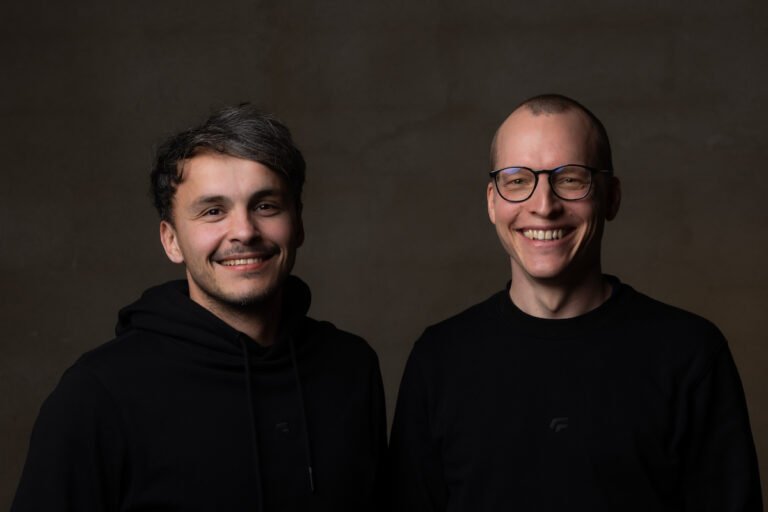
The round values the company at €100 million ($107 million), post money.
But finmid believes it has the potential to lock in more business specifically in its home region.
Unlike a bank, Wolt has access to the restaurants’ sales history, and finmid helps it leverage that data to decide who will see a pre-approved financing offer.
The working capital doesn’t come from Wolt, but from finmid’s financing partners.
For a platform like Wolt, embedding finmid is a way to make life easier for restaurants while generating additional revenue without much additional effort.
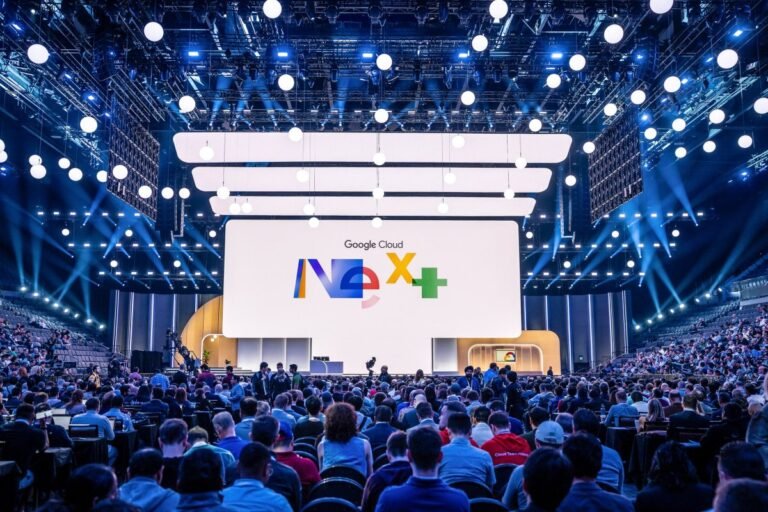
This week in Las Vegas, 30,000 folks came together to hear the latest and greatest from Google Cloud.
What they heard was all generative AI, all the time.
Google Cloud is first and foremost a cloud infrastructure and platform vendor.
From Google’s perspective, the company has built generative AI tools to more easily help data engineers build data pipelines to connect to data sources inside and outside of the Google ecosystem.
Executives, IT pros, developers and others who went to GCN this week might have gone looking for what’s coming next from Google Cloud.
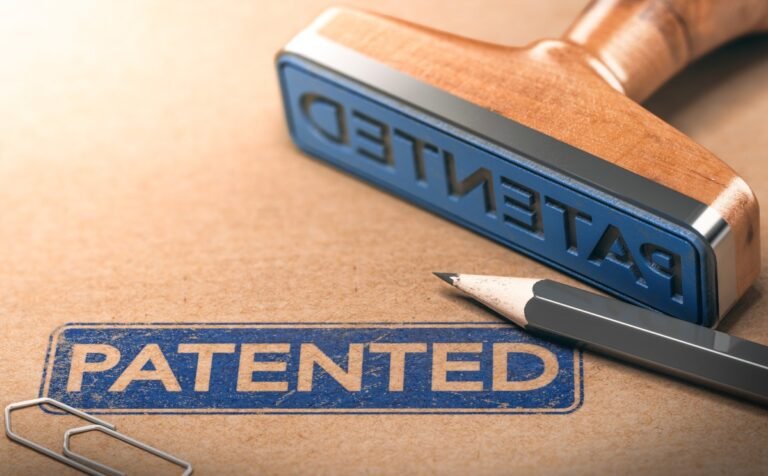
Patlytics, an AI-powered patent analytics platform, wants to help enterprises, IP professionals, and law firms speed up their patent workflows from discovery, analytics, comparisons, and prosecution to litigation.
The outfit recently launched its product, which is SOC-2 certified, and already serves some top-tier law firms and a few in-house legal counsels at enterprises as customers.
Its target users include IP law firms and companies with several patents.
“Protecting intellectual property remains a major priority and business requirement for information technology, physical product, and biotechnology companies.
Notably, the round also attracted a host of angel backers, including partners at premier law firms, Datadog President Amit Agarwal, Fiscal Note founder Tim Hwang, and Tapas Media founder Chang Kim.
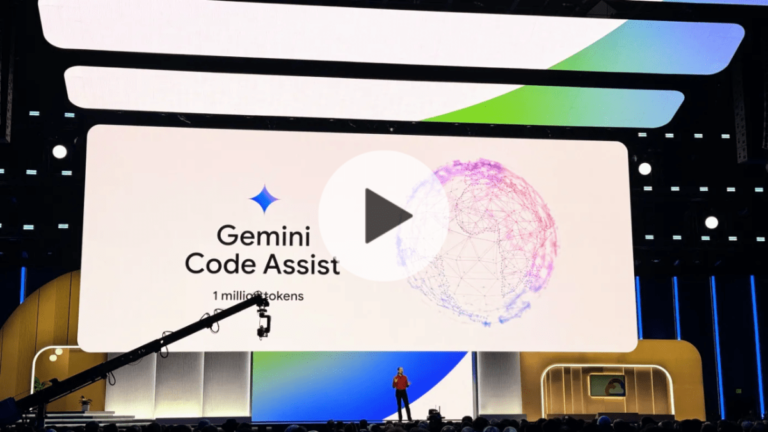
Can AI eat the jobs of the developers who are busy building AI models?
News this week that Google has a new AI-powered coding tool for developers means that competitive pressures between major tech companies to build the best service to help coders write more code, more quickly is still heating up.
Both companies want to eventually build developer-helping tech that can understand a company’s codebase, allowing it to offer up more tailored suggestions and tips.
Everywhere you look, developers are building tools and services to help their own professional cohort.
Developers learning to code today won’t know a world in which they don’t have AI-powered coding helps.

Guesty — which has built a platform for accommodation managers to manage all aspects of their business on platforms like Airbnb, Vrbo and directly to travellers — has raised $130 million.
Guesty’s close competitor Hostaway raised $175 million in May last year (its first ever big funding round).
And Mews, which like Guesty builds SaaS but for hoteliers, raised $110 million at a $1.2 billion valuation last month (March 2024).
First of all, Guesty wants to continue expanding its existing platform for current customers.
Third of all, Soto said that Guesty wants to consider more acquisitions.

YouTube announced on Tuesday that it’s launching new Shopping features that allow creators to curate shoppable collections, better plan their shoppable videos, quickly monetize older videos and more.
The launch of the new features come as TikTok Shop is seeking to take on YouTube Shopping and other competitors in the space.
TikTok is reportedly aiming to grow the size of its TikTok Shop U.S. business tenfold to as much as $17.5 billion this year.
YouTube is launching “Shopping Collections” to allow creators to curate products from their favorite brands for users to browse through.
By allowing users to connect their Fourthwall shop, YouTube is making it easier for users to create and manage their content directly in YouTube Studio.













